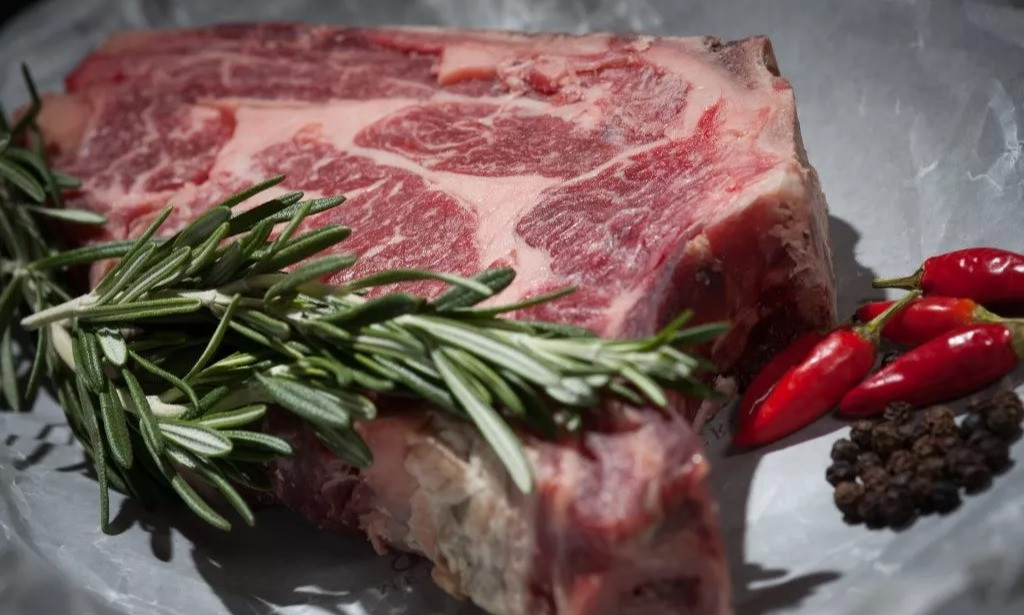The livestock farming follows an extensive model, where the animals grow freely and feed mainly on natural resources.
The main selected breeds are Avileña, typical of the region; Charolaise, valued for its yield and muscular structure; and Limousine, renowned for its meat quality.
The calves, raised with respect for their well-being, feed exclusively on mother's milk during the first months of life and then transition to a balanced diet based on cereals, which helps develop a distinctive flavor and tenderness
Quality and Freshness in Every Cut
In fresh meat, appearance is a key indicator of quality. A bright red or pink color, combined with a slight natural moisture, ensures its freshness. The texture should be firm to the touch, avoiding any softness or rubbery consistency that could compromise its integrity.
The Essential Role of Fat
Fat not only enhances juiciness and flavor but also plays a crucial role in the quality of the product. Its proper distribution within the muscle, through balanced marbling, results in tender and flavorful cuts.
Additionally, fat directly contributes to the firmness of the meat, improving its presentation and preservation. In retail cuts such as steaks and chops, it ensures uniform thickness and a well-defined structure, making handling and storage easier without altering its original shape.
Every piece of meat is the result of a process that prioritizes excellence, guaranteeing a premium-quality product distinguished by its freshness, texture, and unparalleled flavor.



